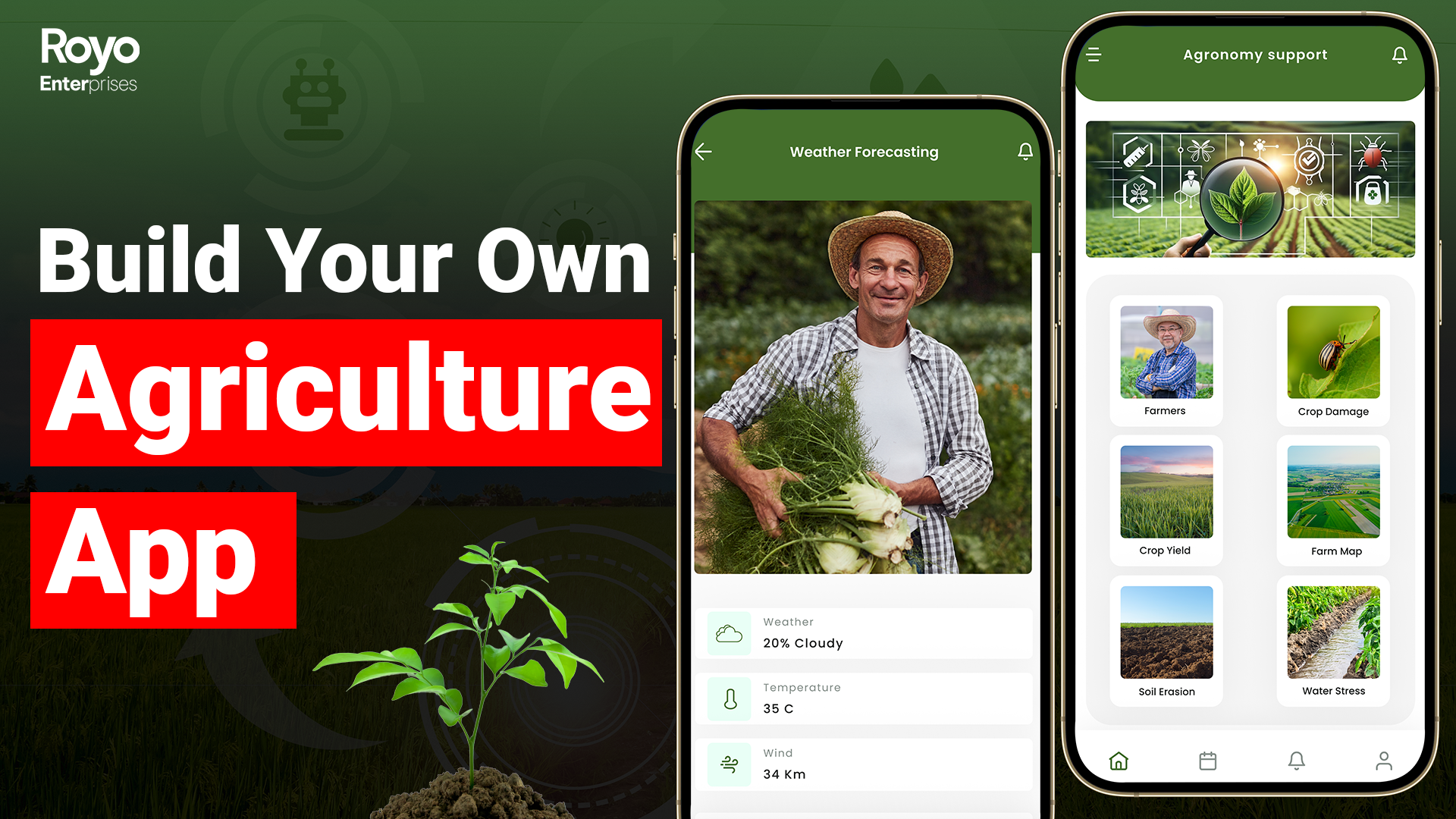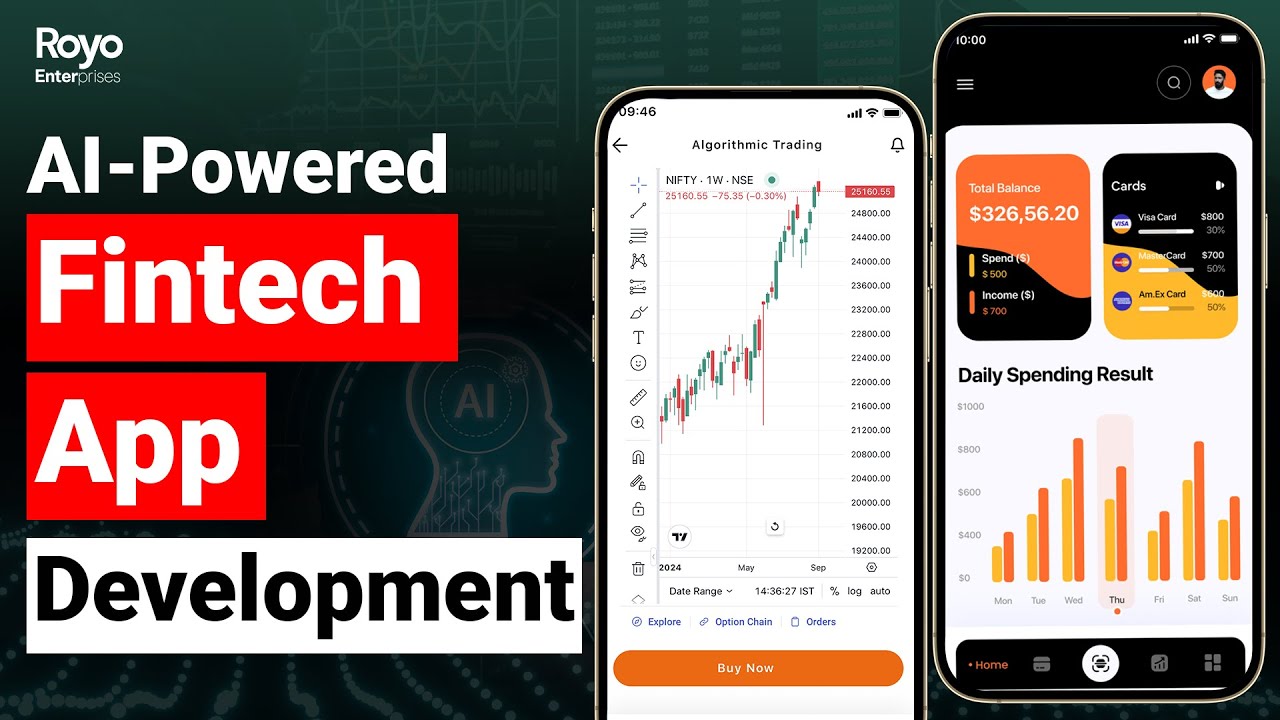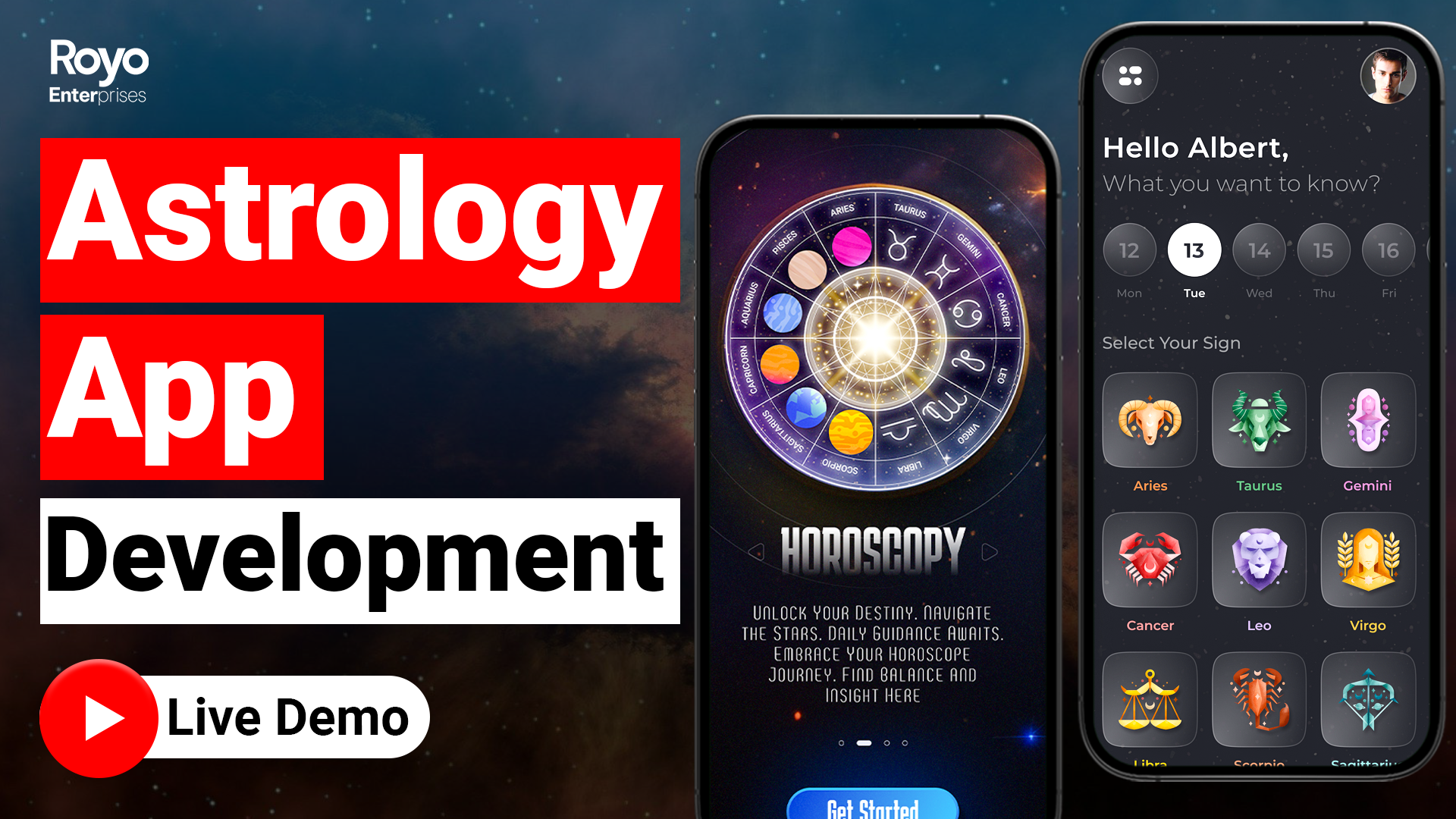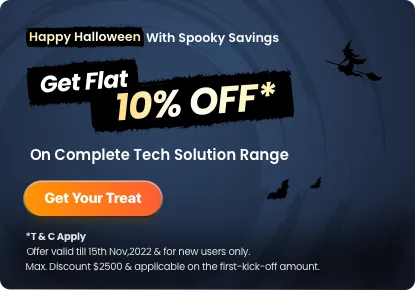Cost To Build On-demand Delivery App Explained!
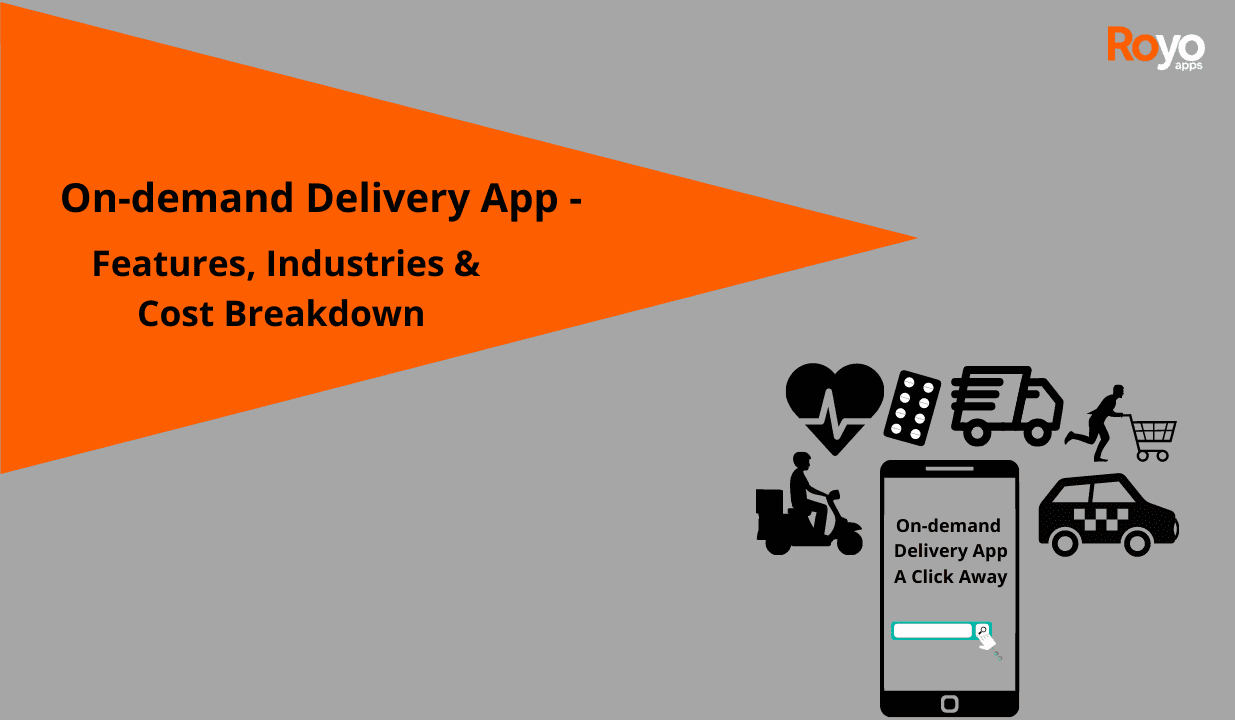
Most on-demand delivery management softwares are experiencing a sudden boom in the marketplace. Thus, its impact is quite apparent especially after giants like Lyft, Uber, and Bolt have come into the existence.
A Statista report reveals that the overall revenue graph of the Platform-to-Consumer Delivery segment is likely to go beyond the US $215,955 million by the end of 2022. This is likely to hit the annual profit growth at a rate of 8.51% accounting total profit of US $299,341 million by 2026 or so.
One of the biggest reasons why on-demand food delivery apps are ruling the technology world is its 24*7 access and a whole suite of professional services in one go. Be it food, grocery items, dog walkers around you, maids, etc. everything is just one click away. Further what’s more interesting is the fact that the user penetration of most on-demand delivery apps has gone beyond 9.5%. Moreover, the spending rate for these apps is accelerating across all industries so far.
Still, struggling with the whats and whys of an on-demand delivery app development? If yes, continue reading and get answered. I’m sure you will overcome all your doubts revolving around on-demand food delivery app development processes and cost.
Let’s begin with the basics.
What is an on-demand delivery app?
Living in this tech-influenced world is common to make you hold a smartphone 24*7 in your hands. Additionally, there is a 100% possibility of you accessing any on-demand delivery app at least once in a blue moon. Be it ordering food or booking a hotel in your next travel destination, on-demand apps are here to upgrade your lives.
You may have been using it for a long time now, but did you ever take the pain to get into its insights? Well, what I am referring to is understanding the different interfaces. If not, here are two interfaces explained:
- Enterprise or admin side – This interface is developed for the service provider or manager initiating the services on request.
- End-user interface – This one is to avail services.
Note – The features to the interface, everything is likely to vary for both – end-user and admin. However, the data entered is synced between both to keep a better track of services requested and offered respectively.
The Untold Benefits of Using an on-Demand Delivery App:
Cost Reduction Possibility:
The entire on-demand delivery app development process is likely to save your time, efforts, and most importantly the operational cost. Now the secret behind it is the consistent involvement of cutting-edge technology and minimal efforts from resources. This leads to improved results with the best accuracy levels.
Seamless process:
Believe it or not, an on-demand delivery app is a win-o-win for everyone involved. Besides keeping both (end-user and admin) in sync, it lets you have apparent and complete access to crucial information. This encourages better data optimization and working on all service improvement factors.
Types of on-demand delivery apps explained:
When talking about an on-demand delivery app, it’s common for you to think of apps like Uber, Zomato, Glovo, etc. However, this domain is much more diverse than it looks. Let’s sail through its common types-
B2B (business to business):
B2B on-demand delivery apps are known to connect two entities for faster service delivery. In fact, a study found out 94% of people taking a business decision expect to receive the same on-demand delivery services as given to the end-customer. Some giants who have hopped on to this approach include:
- Bolt
- Metro
- InstaCart, etc.
One of the biggest examples is Bolt offering same-day delivery services and multiple drop-offs in one go. This led the B2B market to be worth $1.8 trillion by the end of 2023.
P2P (Person to Person):
This segment of on-demand delivery apps lets individuals get a chance to experience a convenient platform in no time. It offers a sense of potential security, especially in terms of person-to-person transactions. Some giants falling under this category includes
- Local Guddy
- Glocalzone
- WunWun
B2C (Business to Customer):
Here, an on-demand delivery app facilitates services & goods directly from manufacturers to customers. The most appropriate examples can be a restaurant selling its authentic cuisine, a brand offering its range of products, etc. Besides, it can also include a myriad of service or goods providers providing services from a single platform like-
- Horizon
- UberEats
- Seamless
- Deliveroo
Cost of On-Demand Delivery Apps in the Marketplace:
There are many factors to consider when evaluating the estimated cost of a futuristic on-demand delivery app for your venture. Some common factors to include are
- Third-party integration of several services like- design solutions, market research, etc.
- The Total number of features to incorporate
- The overall number of platforms to launch on
Some Prominent Target Industries for an on-Demand Delivery app Discussed:
No wonder the on-demand delivery apps work as a bonanza for any industry type. Yet it’s essential to understand how they gel up with your business model serving convenience and ease of use for your target market. Where it may work wonderfully for a food business, it may not prove as helpful as expected for an IT-oriented company.
That’s when it gets important to know if your business niche falls under the ‘most suitable business types’ category or not.
Delivering goods and services:
It may interest you to know that the food delivery service segment is the largest revenue driver in the on-demand delivery apps domain. Maybe that’s why we see an upsurging demand for on-demand food delivery app development worldwide.
Some of the biggest examples include – Postmates and UberEats. If not my words, maybe a statistics report by Global Newswire may make you believe its potential. The report reveals Uber-like on-demand delivery apps to be earning up to $161.74 billion profit by the end of 2023.
This made UberEats witness a hike of 64% in the overall profit rate. This helped an existing giant grab maximum perks of availing an international market share while adding a lot more stars to its reputation globally.
Logistics:
The accelerating request for on-demand delivery apps is enfolding the potential of logistical businesses worldwide. Uber Freight app is a leading example for the same. As this long-haul delivery service sector continues to grow at an exponential rate, you may likely see some revolutionary changes in the revenue and carriers of this business sector. As a result, the on-demand logistics industry is predicted to make a whopping profit of $75 billion by the end of 2030.
Healthcare industry:
Pro applications like Practo and ZocDoc are enough proof that technology has blended well with the current healthcare industry needs. The biggest need of such apps is to seek instant practitioner guidance without stepping out of your cocoon.
This blend of technology and the medical world is often referred to as telemedicine. It permits diagnosing health concerns and treating them virtually. As a result, the healthcare market is expected to make a $52.2 billion profit by the end of 2026.
Taxi services:
After the food industry, it’s the taxi service segment that reaps the maximum perks of an on-demand delivery service app. Technology-enriched platforms like Uber, Lyft, and Bolt are some biggest evidence. This has accelerated the demand for taxi app development among entrepreneurs the most.
How to Build on Demand Delivery App With NO Code?
When it comes to developing an app, all you think of is collaborating with a developer handling the coding part for you. The way you develop an on-demand delivery app decides the success or failure of your venture. Plus, it’s all your perspective and development approach letting you open multiple revenue streams.
Here’s how to get your on-demand delivery app working for you:
Relying on app delivery builder tools:
As the technology world continues to run after speedy and quality work, it’s common to see many emerging development tools in the marketplace. Thankfully, there are tools skipping the need of mastering C# coding. Thus, seeking assistance from professional developers with experience in on-demand delivery app development proves to be a wise investment.
Note – Seeking the help of an app delivery builder works when you need a static app. It may fail to give you access to scaling the app or amending the list of standard features.
So, if not an automated tool, would you prefer
settling for a freelancer?
The lure of getting your job done within tight budget constraints makes anyone hunt for a trustworthy and competitive freelancer. No wonder you may get an app within the budget of #10k or so, but then you may need to walk the extra mile to communicate your idea effectively.
This hassle often makes entrepreneurs move towards an outsourcing app development company.
Hiring an outsourcing company:
Preferring an outsourcing company over all available options makes better sense, especially when you are expecting to see an app with enterprise-level features. Besides, this opens the gateway to better app scalability and full-proof maintenance (whenever required).
Some Standard Features of an on-Demand Delivery App to Consider:
It’s the string of basic and advanced features that leads to the success or failure of an app. When deciding the list of features to consider, remember it’s always good to start the basics. You don’t require to implement the personalized feature recommendations right from the beginning.
No wonder some features are mandatory, however, it’s always good to evaluate your requirements before finalizing the features. Here’s what not to miss:
- Search options
- Push notifications
- Registration or sign up
- Order tracking
- Order placement and checkout options
- Different payment gateways
Cost Breakdown For An On-Demand Delivery App:
An on-demand app binds the service provider and its end customers in virtual sync. From delivering the services to keeping a hawk’s eye on the operational efficiency, the service provider or admin requires a web-based dashboard. This is likely to add more to the overall cost of getting an on-demand app developed.
Hope this cost breakdown infographic answers your questions.
Quick Brief on How Royo Apps Develops On-Demand Apps? And Why Consider it?
When talking about developing an on-demand app, developers at Royo Apps keep research, market analysis, current trends as the focal point. This is because we believe in covering what you and your target audience desire the most.
Our entire focus is on developing an app that adds value to your existing business assets making it a huge success. Therefore, the basic steps followed to give you a valuable product later includes
Step 1: Requirement understanding:
The process begins with understanding, evaluating, and jotting down the requirements. Thus, it leads to a requirement analysis document at last. This document is likely to be referred for future references.
Step 2: Deciding the technology stack:
Developing a hyperlocal app requires an in-depth experience of different frameworks. For instance- you will need Xcode to develop an app for iOS, whereas Android would require working on Android Studio.
Plus, there is a different string of frameworks available for app development including
- Flutter
- Cordova
- React Native
- Xamarin
- Fastlane
This was all about hyperlocal apps. When talking about backend app development, you may need to ask your developers to work on different programming languages including Python, Java, Ruby, and much more.
Step 3: Development Phase:
Now comes the development phase where developers work on a predefined technology stack. The stage takes the under-development app to deployment state within a set of weeks.
Step 4: Deployment:
By this stage, the developers are all set to deploy and live the app for use. One crucial step before deployment is app quality check. Once done, the app passes all deployment guidelines to make it ready to use.
Why Consider Royo Apps for On-Demand Delivery Apps?
When you can get your app in less, then why pay more? Here, we are talking about Royo Apps waving off your maximum cost-related hassles. Royo Apps offers a base model of on-demand delivery apps with static features to get started.
This leads to cutting almost 80% of app development costs for you. With Royo Apps white-label solutions, all you need is to pay for the additional features you desire. It saves your cost and time to a considerable extent. So, why not consider it?
The bottom line is:
On-demand delivery apps are witnessing exponential growth in different industries. Be it the healthcare or food industry, every industry type is switching to on-demand delivery apps to keep their competitive side alive and robust in the current market. Therefore, such apps are becoming everyone’s first choice as it assists in upgrading end customers’ experience, get more customers onboard, and proves progressive for businesses of all sizes.
February 3, 2022

